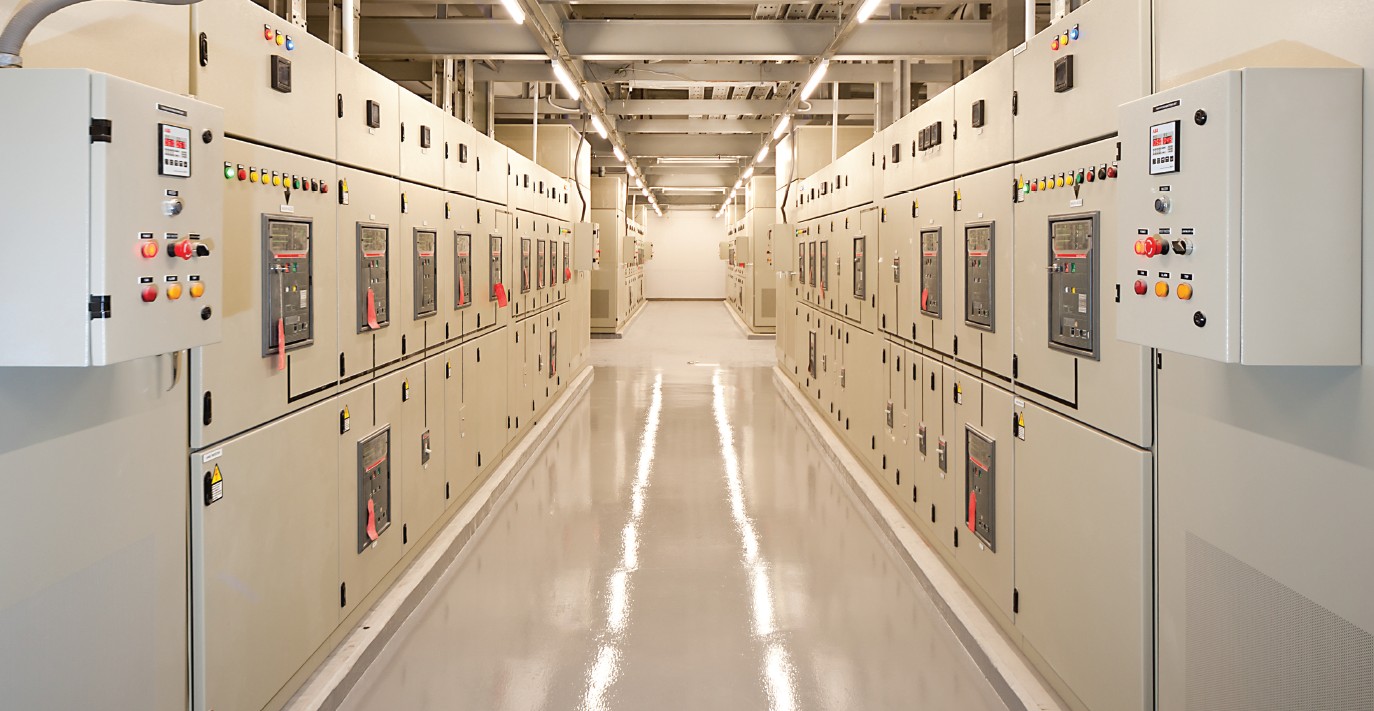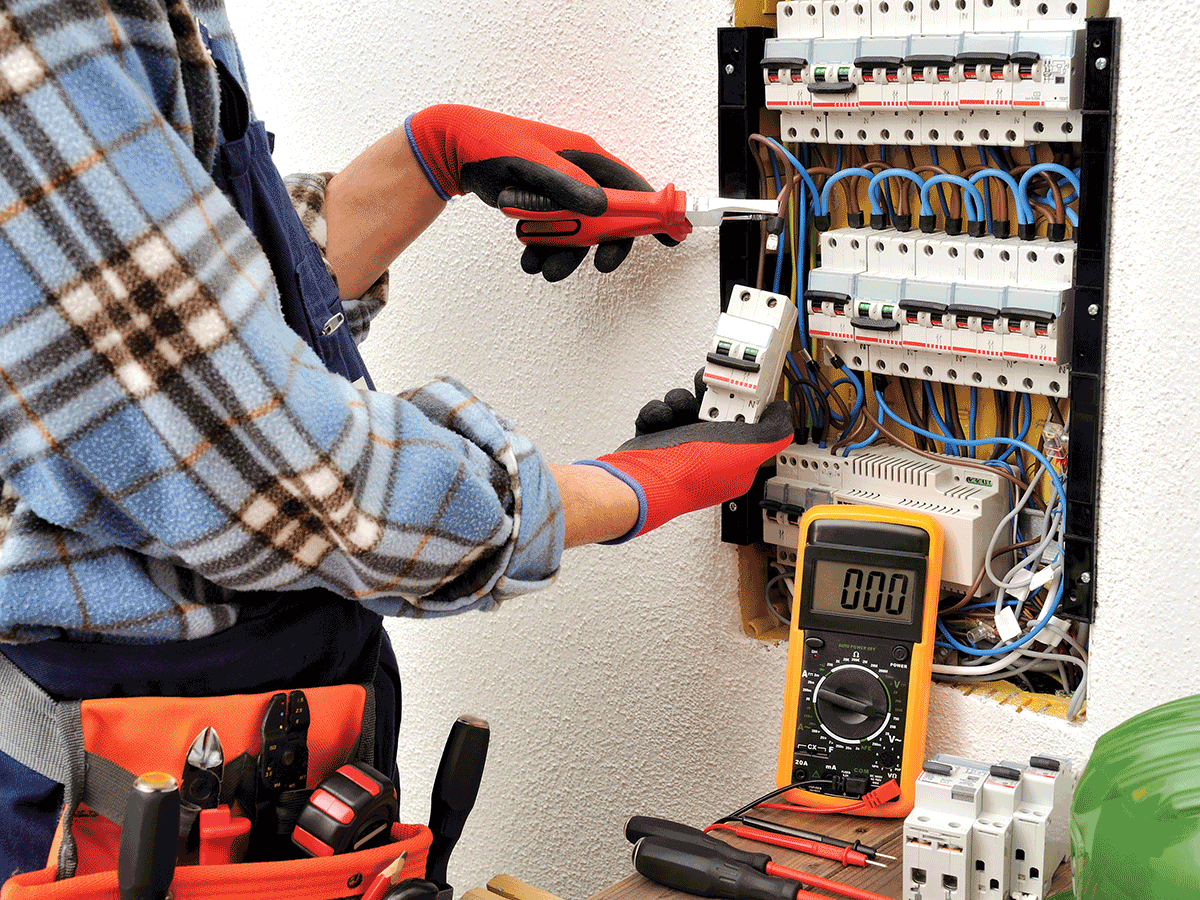The Canadian Electrical Code provides us with rules for connections to heat-producing electrical equipment such as lighting, motors and continuously loaded equipment. Here the code has some special requirements, including minimum wiring insulation temperature ratings, reduced conductor ampacities and minimum spacings to ensure that unwanted heat is dissipated and will cause no harm to associated electrical wiring and equipment. In this article we look at a few examples where the code demands some additional wiring connection requirements.
Rule 30-408 Wiring of Recessed Luminaires
Recessed lighting fixtures often come equipped with factory-installed, high temperature leads, insulated to resist the expected fixture operating temperature. In this case, Rule 30-408(3)(d) provides some special installation requirements, to reduce the possibility of overheating injury to associated wiring and equipment. Rule 30-408 specifies that:
- the lighting fixture’s high temperature leads must be installed in a flexible raceway 450 mm to 2 m in length; and
- connected to an outlet box located at least 300 mm away from the lighting fixture
This wiring method allows heat to be dissipated along the high temperature wiring before the point where they are connected to the branch circuit conductors, thereby protecting the circuit wiring and equipment from excessive temperatures.
Rule 28-104 Motor Supply Conductor Insulation Temperature Rating and Ampacity
Motors also produce plenty of heat. Therefore, branch circuit wiring connected directly into a motor terminal box must have an insulation temperature compatible with the motor insulation class rating, that corresponds with the expected motor operating temperature. Table 37 provides minimum wiring insulation temperature ratings for Class A, B, F and H insulated motors types TENV and non-TENV.
Rule 28-104(1) requires that supply conductors into a motor terminal box must have insulation temperatures equal or greater than Table 37. In many cases, lower conductor ampacity ratings must be selected from the 75C columns in Tables 1 to 4. For example, 90C insulated wiring would be assigned only a 75C ampacity rating. Class A insulated motors are the only exception, where the 90C rating is acceptable.
You will notice that Table 37 provides minimum wiring insulation specifications for ambient room temperature conditions up to 30C. Where the temperature at the motor location exceeds 30C, Rule 28-104(3) requires that the difference between the expected ambient temperature and 30C be added to the Table 37. For example, a TEFC Class B motor operating in a 40C environment would require minimum circuit wiring temperature rating of 75C + (40 – 30) C or 85C.
Rule 28-104(2) takes us one step further to ensure that circuit wiring and equipment are unaffected by overheating. In cases where Table 37 asks for a wiring insulation rating above 75C, the minimum distance and wiring length between the motor and its supply point (such as an outlet box, disconnect switch or motor controller) must not be less than shown in the following table.
| Motor Horsepower | Minimum Length of Wiring to Point of Safety | Minimum Distance to Point of Supply |
| Up to 100 HP | 1.2 M | 600 mm |
| 100 HP or larger | 1.2 M | 1.2 M |
In summary, Rule 28-104 tries to ensure that we select conductor insulation temperatures compatible with motor types and that sufficient conductor length and distance from the supply point be provided to prevent overheating damage to associated wiring and equipment.
Rule 8-104 Maximum Circuit Loading
Equipment and wiring designed for continuous loading (on for over 50% of the time) must dissipate heat produced by the fuses and circuit-breakers inside the equipment. This is especially important since such equipment is heat- tested with multi-conductor cable connections. It follows that smaller size single-conductor cables selected from Tables 1 or 3 must be derated when used with continuously loaded electrical equipment, since the smaller conductors cannot dissipate heat as effectively as the larger sizes.
| Equipment Marked for Continuous Loading at Percentage of Rated Load | When Connected with Single-Conductor Cables % of Table 1 or 3 | When Connected with 3-Conductor Cables % of Tables 2 or 4 |
| 100% | 85% | 100% |
| 80% | 70% | 80% |
| Unmarked equipment | 70% | 80% |
On the other hand, multi-conductor cables (up to 3 conductors) when supplying continuously loaded equipment may be selected directly from Tables 2 and 4. The table above summarizes the minimum conductor ampacity requirements for single and multi-conductor cables connected to continuously loaded equipment, as a percentage of Tables 1 to 4.
As with previous articles, always check with your local electrical inspection authority for a more precise interpretation of any of the above in each province or territory as applicable.














Find Us on Socials